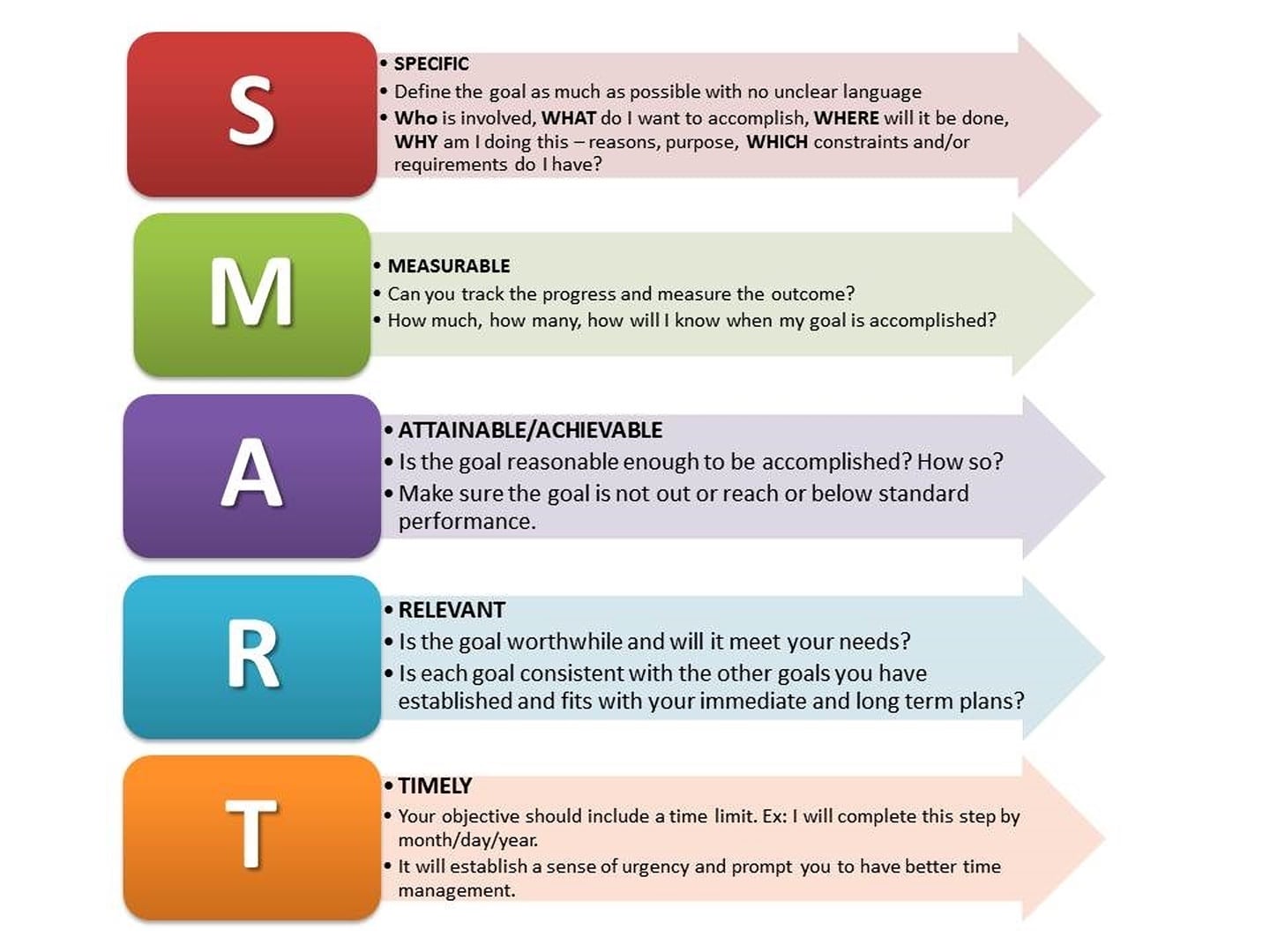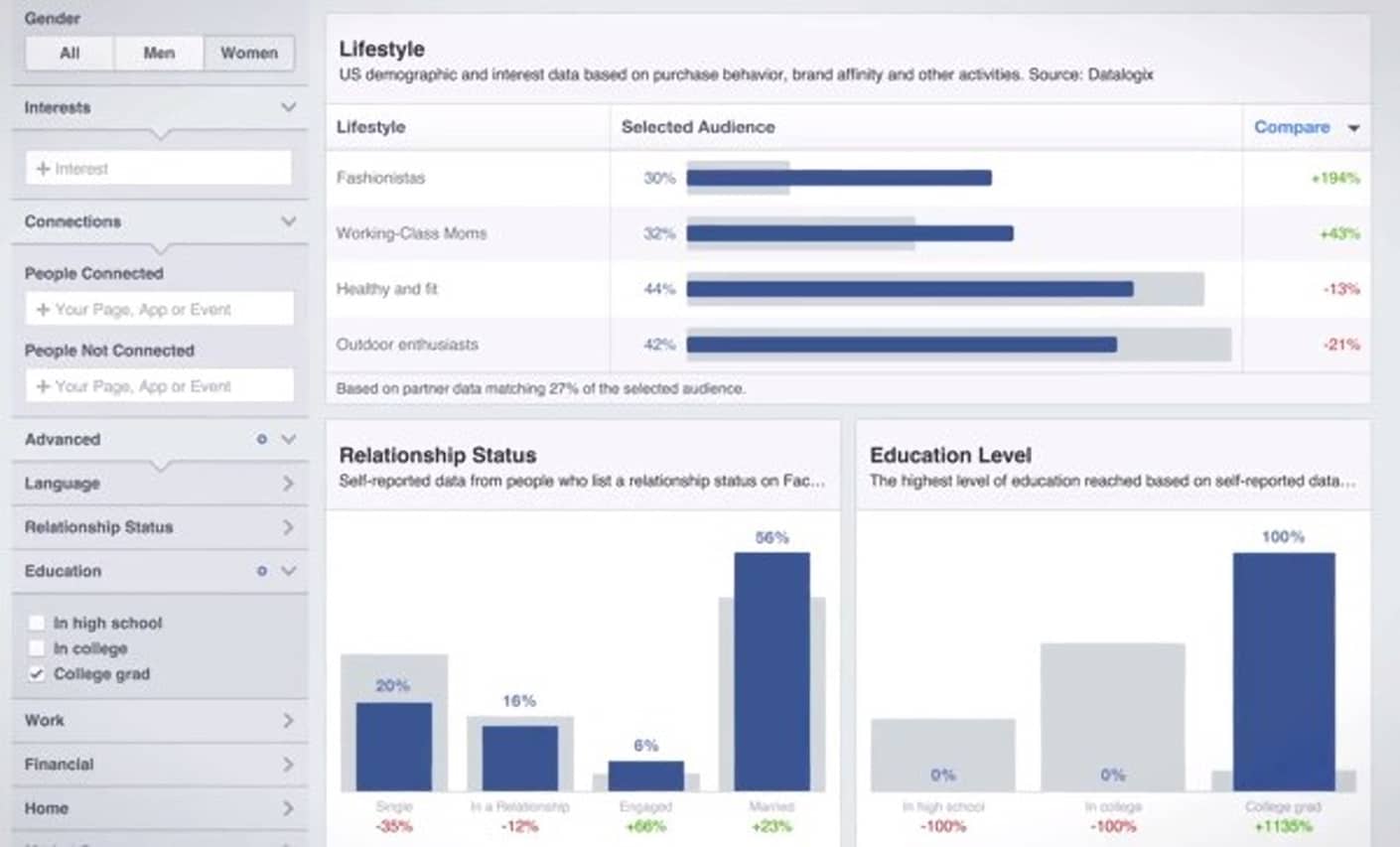Trying to figure out how to achieve your marketing goals in 2020? It takes a good deal of time and planning to reach your goals, and that means you need to start early in the year. However, plans can quickly change, and that means you need to be able to reevaluate at any moment.
Not quite sure how to go about this process? Campaign Monitor has you covered.
Achieving your 2020 marketing goals—What should your goals look like?
Before you can dive into figuring out how to achieve your marketing goals in 2020, you must first define each one of your goals individually. These goals can come in dozens of different forms, and they’ll look different, depending on the industry you’re in. However, some common marketing goals include:
- Increasing sales
- Acquiring new customers/generating new leads
- Retaining current customers/reducing churn
- Up-selling/Cross-selling
- Improving brand awareness
- Increasing customer satisfaction rates
- Increasing website traffic
- Increasing email open rates
- Automating your email campaigns
- Creating an omnichannel customer experience
- Setting up a membership/customer loyalty program
Setting SMART goals
To achieve your 2020 marketing goals, you need to make sure they’re as detailed as you can get them. A good way to approach your goals is with the Content Marketing Institute’s SMART goal-setting guidelines, which include setting time-sensitive, measurable, relevant, and attainable goals.
Source: Content Marketing Institute
Taking the time to define your marketing goals in this fashion will ensure that you’re not only setting attainable goals, but goals that’ll suit your brand’s needs. It’ll also come in handy when it’s time to act on these goals and decide what types of content you’ll need to produce and how you’ll deliver it to your consumers.
How to achieve your marketing goals in 2020 with five simple steps
You’ve got your goals ready—now it’s time to act. Here are five essential steps you need to take to achieve your 2020 marketing goals.
1. Conduct a content audit.
The first step in achieving your 2020 marketing goals is to perform a content audit. This is the process of both collecting and analyzing the content on your website, such as your landing pages, blog posts, and other content that your audience has access to.
This process allows you to take inventory of everything you have and find what’s performing adequately and what isn’t. Anything that isn’t should be either reworked or simply removed from your site. However, keep in mind that it’s much more cost-effective to revise existing content than it is to start completely over from scratch.
A content audit can be run in several different ways and requires the use of various tools. There are plenty of online tools and online brands to help you perform a content audit, such as SEMrush.
Source: SEMrush
Once your audit’s complete, you’ll have a good idea of what types of content have performed adequately for you in the past and what content you either must update, rework, or completely do away with.
You’ll want to make sure you’ve already set and defined your marketing goals by this point because you’ll be able to start aligning your current content with your 2020 goals, which will better guide you on the content changes you need to make.
2. Research your audience.
As a marketing professional, you already understand just how vital it is that you genuinely understand who your brand’s targeted audience is. If you haven’t recently gone through your email list or social media pages to see who your targeted audience members are, it’s time you do so.
Your audience can change faster than you think. By running audience audits, you’ll be able to tweak your goals and actions accordingly.
Source: Marketing Land
Your audience wants to receive only the most relevant content that suits their needs—not necessarily your goals. Consumers couldn’t care less about your marketing goals and have no problem unsubscribing from an emailing list due to irrelevant content. According to MarketingSherpa, it’s actually the number two reason behind most brand unsubscribes.
For those looking to turn their audience into paying customers, you’ll want to keep in mind that nearly 34% of consumers are more likely to make an unplanned purchase if that brand personalizes their content to their audience members.
To create personalized content, your marketing team will want to carefully define who your audience members are, and you can utilize the data you gather through social media and email insights to help you do just that.
You’ll want to ask yourself:
- Who visits my site/consumes my content? What’s their demographic profile?
- What exactly are they looking for? What are their pain points?
- How can I solve their problems?
Once you’ve taken adequate time to outline your ideal audience member, you’ll be able to move onto the next step of the process.
3. Decide which types of content will help you reach your goals.
Knowing who your ideal target audience members are is essential in deciding which types of content you’ll be creating and sharing to help you achieve your 2020 marketing goals. There are dozens of different forms of content worth creating. However, your audience will dictate which types of content are most valuable to them.
Types of content worth considering include:
- Assessments
- Blogs
- Case studies
- Datasheets
- eBooks
- Guides
- Long-form articles
- Physical events
- Podcasts
- Presentations (videos and slides)
- Testimonials
- Tip sheets
- Training videos/online classes
- Video content
- Virtual events
- Webinars
- Whitepapers and more
The idea is to create content that your audience finds useful and shareable. This helps build your authority within your niche and attract more potential leads as your community shares your content.
4. Create a content calendar.
Once you’ve decided on which types of content will best suit your needs and help you achieve your 2020 marketing goals, you’ll need to sit down with your team and create a content calendar. The general goal behind a content calendar is not only to get your content topics lined up and planned out, but to help your team delegate projects out.
When creating your content calendar, you want to keep several things in mind, including:
- Your brand’s seasonality: Are there certain times of the year you’ll want to be pushing certain topics or products?
- Your customer’s mindset: Once you’ve done your research and you know who your audience is, you’ll want to start creating content that addresses their specific needs. Ask yourself what your customers need from you and how you can best deliver it to them.
- Your brand’s celebration style: If your brand plans to celebrate certain milestones or holidays, you must maintain your brand’s tone and voice.
Check out our Campaign Planning Calendar for year-round inspiration.
Marketers have several different tools available to them when it comes to creating an organized content calendar. While a typed-up document or Excel sheet is excellent, it can be more challenging to share once you’ve delegated specific tasks. Some helpful tools worth considering include:
- Asana
- Slack
- Trello
- Evernote
- Microsoft OneNote
- Google’s Suite of online tools: Google Docs, Google Sheets, etc.
Source: Asana
5. Utilize email to deliver your content.
Once you’ve followed through on the above steps, you’ll finally be able to start distributing your content to your readers. While there are many different channels available for doing so, the most beneficial is through email marketing.
Email marketing generates the highest ROI for your brand and is the preferred method of interaction between consumers and their favorite companies. Recent studies have shown that, when it comes to communication between consumers and brands, chat and social media ranks below email.

Email also helps you when it comes to sending out content that your readers truly want. Thanks to email list segmentation and email preference centers, your consumers can tell you precisely what type of information they wish to see from you, which will help increase your email opens, click-throughs, and content shares. Your email subscribers are 3.9 times more likely to share your email content with their social media followers than any other source.
If it’s promotional content you’re looking to share to achieve certain marketing goals, then you must keep in mind that 72% of consumers state that they’d prefer to receive this sort of content via email, as compared to 17% who prefer social media.
Wrap up
Learning how to achieve your marketing goals in 2020 will look different, depending on the market that you’re serving. However, the following five tips are a great place to start, no matter which industry you’re in:
- Conduct a content audit
- Research your ideal target audience
- Decide which types of content to create
- Create a content calendar
- Deliver your content via email
Curious how you can elevate your email engagement in 2020? Be sure to check out our comprehensive guide on elevating email engagement.









